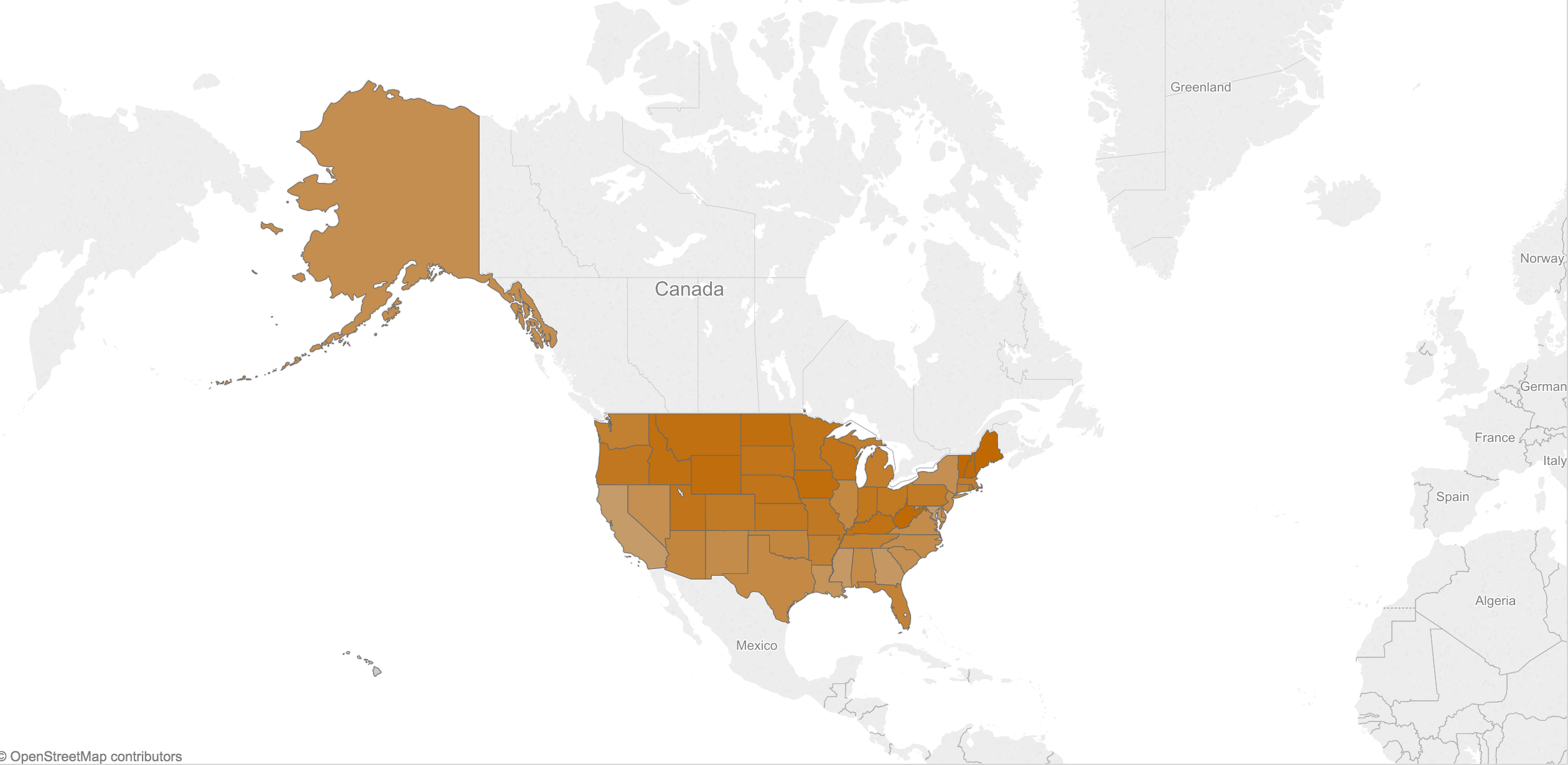The times, they are a changing. The U.S. in the midst of a massive demographic overhaul. Currently, those identifying as “just white” are still a majority of the population, but data from the US Census shows that in every state, the white majority is shrinking.
These changing demographics mean the electorate is shifting, but are political parties adjusting to the change?
“I think, to an extent, they are,” said Assistant Professor of Political Science at Northwestern University Laurel Harbridge.
“The background on it is that Democrats and Republicans have solidified in the camps they’re in since the Civil Rights Act. The fact that minority voters vote Democrat is not a new shift.”
Election results data, 1968-2012
States that once traditionally voted for Republican candidates, such as Conneticut, New Jersey and Oregon. and have switched over the course of the last six electoral cycles and are now voting for Democrats. And states that used to solidly be in the red, like Ohio and Virginia, are now battleground states.
“The example I use in class is, thinking about the non-white vote, Romney did better than Reagan did with the white vote,” said Harbridge. “So that’s a big shift, given the demographic shift of the country. Winning the white vote used to be a strategy.”
As the country has shifted, so has the priority of the political parties. One of the largest demographic issues facing candidates in 2014 is immigration reform. Voters are frustrated with current immigration measures, and both Republicans and Democrats are struggling to strike a balanced tone to win over the most voters.
“The size of the Hispanic demographic makes them important,” said Harbridge. “They don’t have an allegiance to one party over another.”
Demographic changes are shifting the electoral map, areas of large influence, like the rust belt in the Northeast, are losing electoral votes, and states within the sun belt across the South are growing more populous.
State electoral vote changes, 1964-2020
The sun belt is a Republican stronghold. Of the 10 states traditionally listed as part of the region, eight of them voted for Mitt Romney in 2012. As of the 2010 census, none of these states have a population of “just white” citizens greater than 80%. As those numbers continue to shrink, it isn’t outlandish to think Republican support might dwindle in these states as well.
In the map below, you can see the percent of each state’s population that identifies as “just white” based on 2010 census data. States in the Northeast have a high population of white citizens, while growing states in the South are more diverse.
As the United States continues to grow more diverse, its political parties must follow suit. Strategies that led to overwhelming electoral majorities in the past are no longer as effective, and party messaging is evolving to reach the most voters. A successful campaign might be able to fly in the face of a changing America, but a new electorate may cause political parties to conform to continue to thrive.

